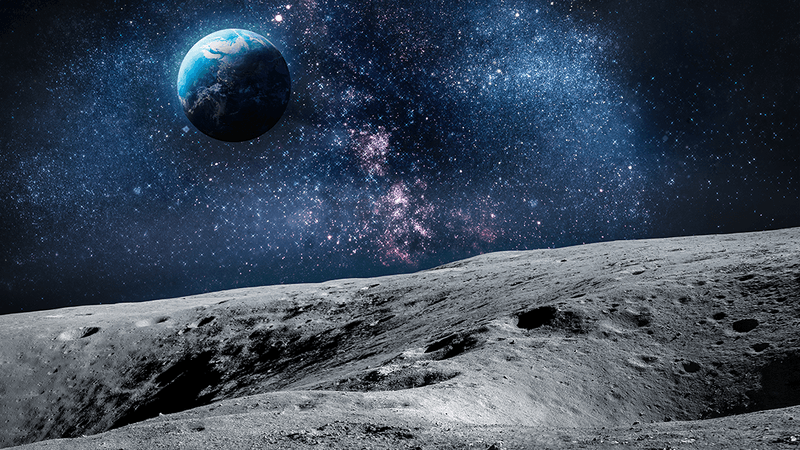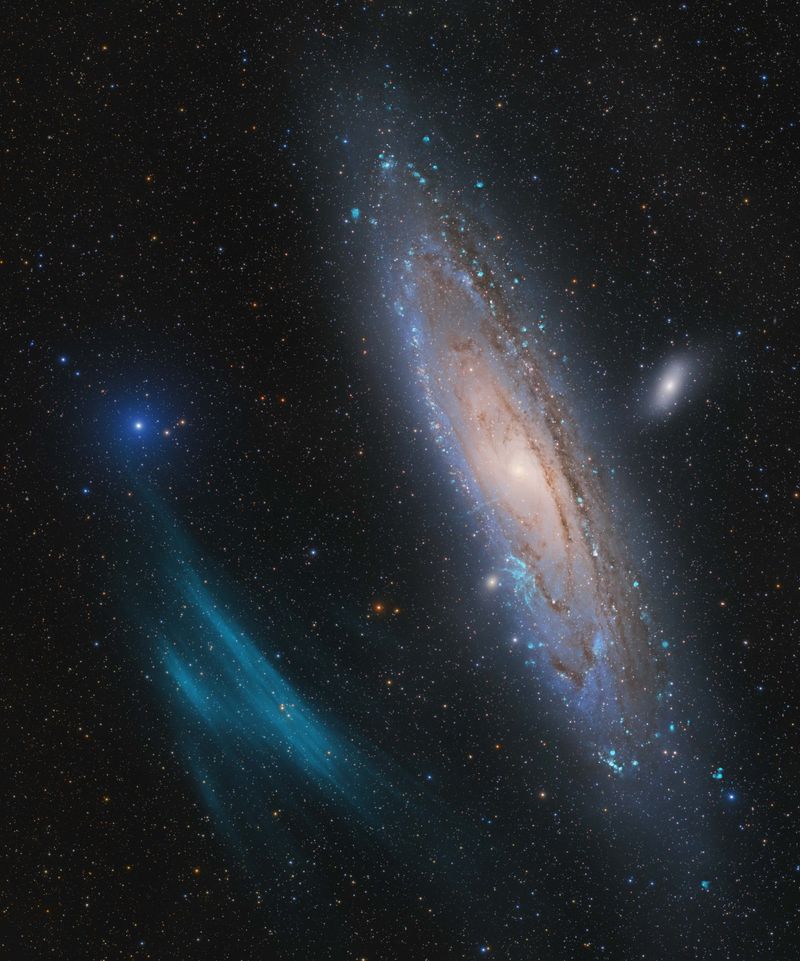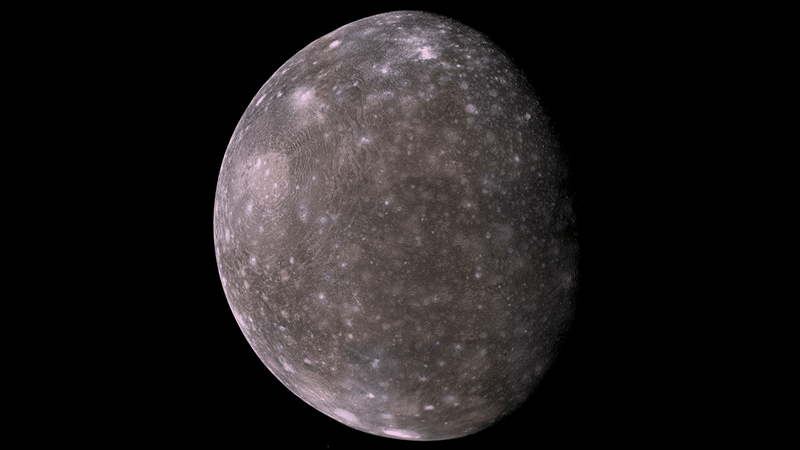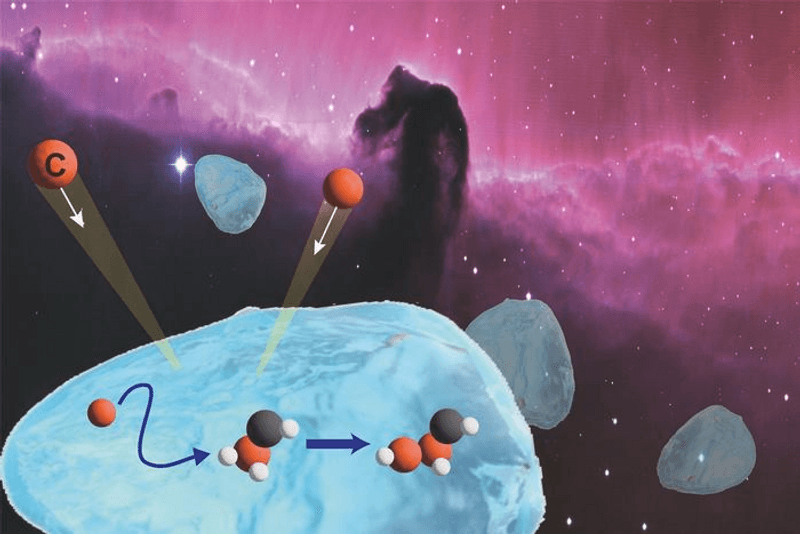The Moon and the Earth have been dancing around each other since the Moon was first created 4.5 billion years ago, likely in a collision between planet Theia and Earth.
But the orbits of these two bodies have changed over time. The Moon is getting further away from us, meaning one day far in the future humanity (or whatever evolves from dogs) will look up and see the last total solar eclipse.
We have an incredibly accurate idea of how fast the Moon is currently moving away from us, thanks to the Lunar Laser Ranging Experiment. The Apollo missions in the 60s and 70s placed reflectors on the surface of the Moon. By aiming lasers at the reflector and measuring the time it takes to be reflected back at Earth, scientists were able to determine the distance between the two points to within around 3 centimeters (1.2 inches). Taking repeated measurements showed us that the Moon is currently moving away from us at a rate of about 3.8 centimeters (1.5 inches) per year.
This hasn't always been the case. If we take the current rate of recession and project it backwards, the Moon collides with the Earth about 1.5 billion years ago, which is awkward given that the Moon is 3 billion years older than that.
Instead we can look at other evidence, such as layers placed down in rock and coral, which can provide estimates of the length of Earth days and the distance to the Moon at various points in history.
We can also make projections of what happens next. First, say goodbye to the total solar eclipse.
"Over time, the number and frequency of total solar eclipses will decrease," lunar scientist at NASA's Goddard Space Flight Center Richard Vondrak said in 2017. "About 600 million years from now, Earth will experience the beauty and drama of a total solar eclipse for the last time."
The fact that our Moon currently eclipses the Sun in its entirety is a happy accident. The Sun and the Moon look about the same size in the sky as the Sun is about 400 times further away from the Earth than the Moon, and about 400 times bigger in diameter. Four billion years ago, before the Moon drifted to its current orbit, it would have appeared about three times as big as it is now in the sky.
While the Moon will continue to drift, appearing smaller and smaller in the sky, it will never be free of our orbit. The Sun will become a red giant and engulf the Earth before we are properly separated from the Moon's influence. We shall go down together.




